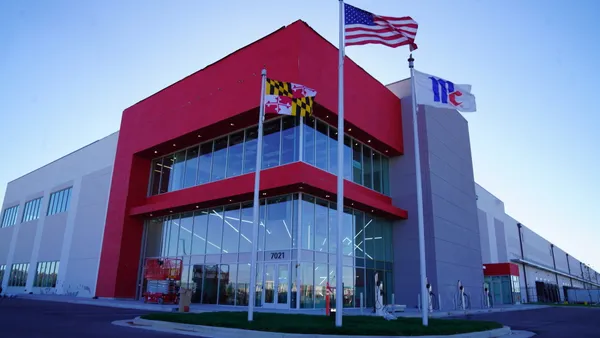ORLANDO, Fla. — CIOs are still in search of the generative AI sweet spot where workflows are enhanced, but costs and risks are manageable, analysts said during Gartner's IT Symposium/Xpo Monday.
CIOs have found generative AI goals harder to attain than first anticipated. Technology leaders are blaming data challenges, technical debt and poor strategy or execution for slowing down progress. Nearly half of CIOs say AI has not yet met ROI expectations, according to Gartner research.
“The truth is that you’ve been in the mud for the last year, working hard to find all those benefits that were promised by AI,” said Hung LeHong, distinguished VP analyst and Gartner Fellow, during the keynote session. “It hasn’t been easy.”
Part of the disillusionment business leaders are feeling comes from the immaturity of the technology and the pace of innovation. To succeed, CIOs should pay less attention to the AI vendor race and focus on setting a pace that fits organizations’ readiness and goals.
“Some people might tell you that [the tech vendor race] is your race, that you must adopt the latest AI or else you fall behind,” LeHong said. “It’s just not true.”
Organizations that rush forward without a comprehensive understanding of AI’s costs, especially at scale, and the work needed to ready data infrastructure are bound to run into roadblocks.
“Cost is as big an AI risk as security,” Mary Mesaglio, distinguished VP analyst at Gartner, said during the keynote. “With generative AI, it’s really easy to waste money.”
Managing data issues
CIOs could miscalculate AI costs by as much as 1,000% as they scale AI plans, Gartner research suggests. Generative AI deployments rack up a hefty price tag from inference, grounding and incorporating data. In 2023, organizations that deployed AI spent between $300,000 to $2.9 million just in the proof of concept phase, according to Gartner.
It’s a high price to pay, especially if organizations fail to move projects into production due to data issues.
Most organizations have data scattered around in PDFs and shared drives, almost like a messy room, LeHong said. CIOs must tread carefully when curating a sophisticated data management system, tracking who can access the data and for how long.
Depending on the organization’s size and resources, crafting a strategy will take different shapes, from using APIs to accessing generative AI via upgrades in existing tools and services.
With either option, building trust is a critical part of the equation.
“Don’t become AI rich and trust poor,” Mesaglio said.
Gartner places generative AI just past the peak of inflated expectations in its hype cycle analysis of the technology and headed toward the trough of disillusionment. CIOs will now contend with hype around AI’s capabilities and its downfalls. LeHong said technology leaders will need to quiet both kinds of noise to stay on course.
“Set aside all that hype and focus on your pace,” LeHong said. “Choose the one that’s right for you and run your own race.”













